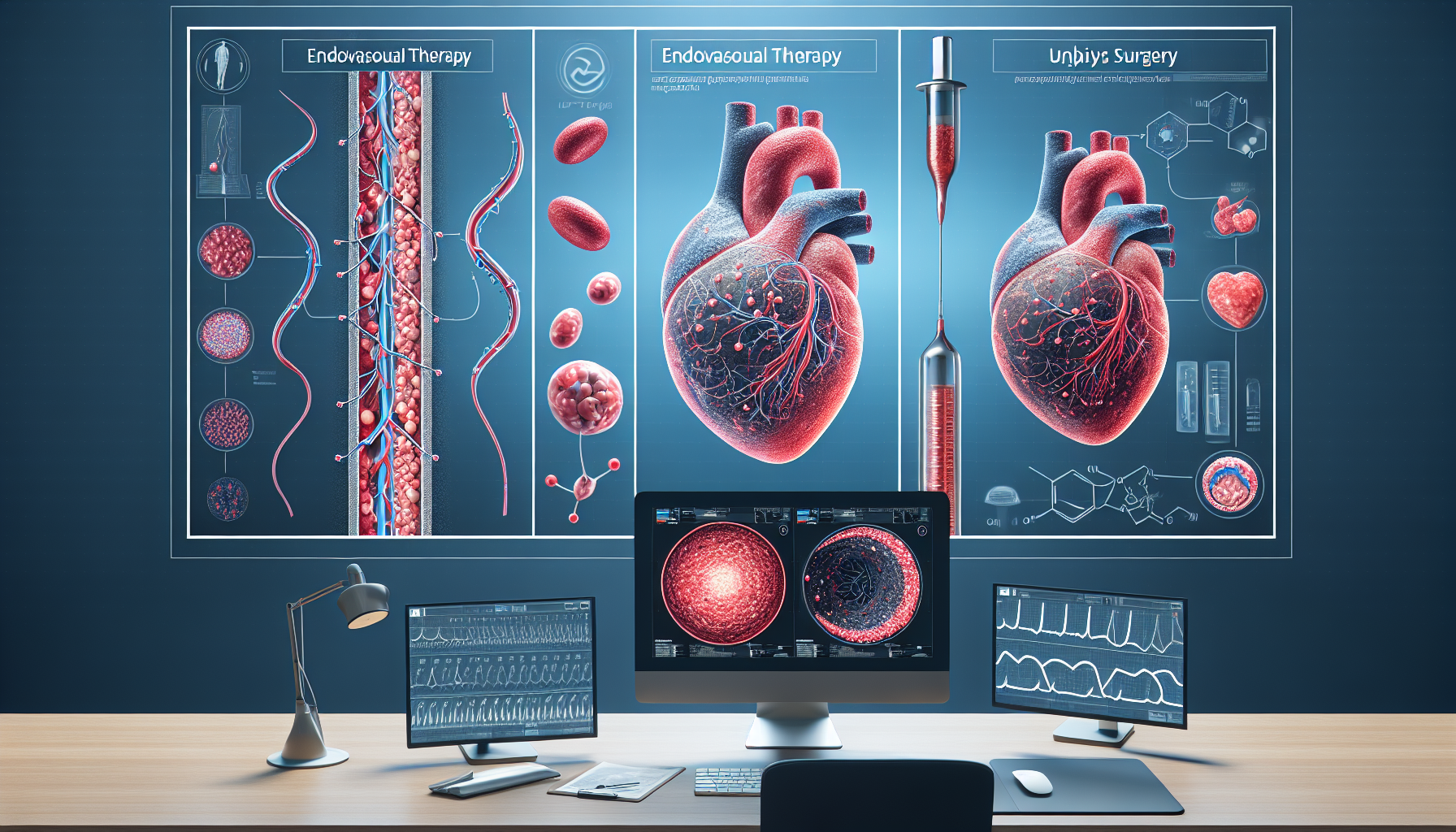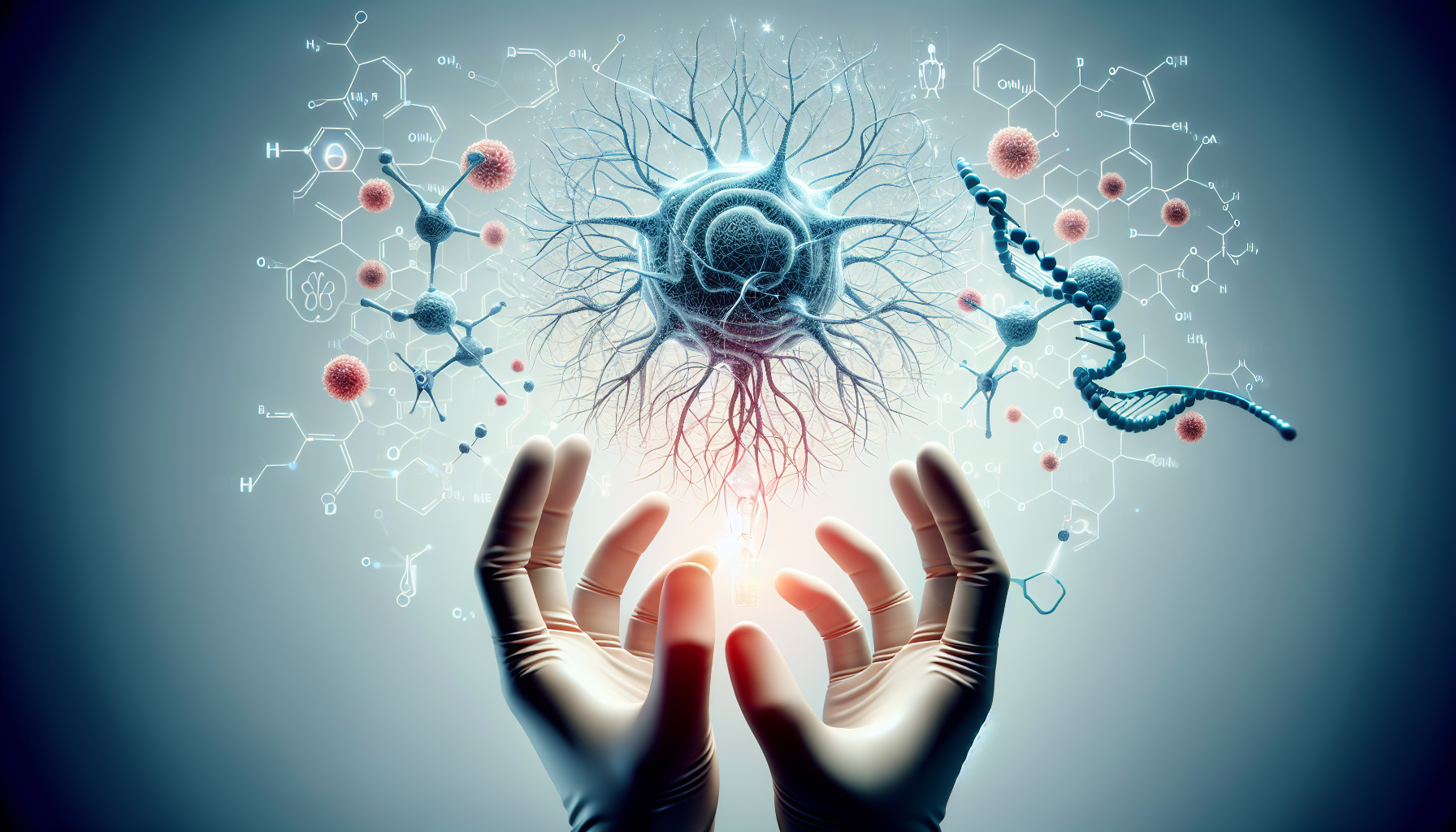Proton Therapy: A New Hope in Precision Cancer Treatment
Key Takeaways
- Proton therapy targets tumors precisely with minimal damage to surrounding tissue.
- This advanced technique is beneficial for difficult-to-treat cancers located near crucial organs.
- Access to proton therapy is growing, but it remains limited and often inequitable.
Did You Know?
What is Proton Therapy?
Proton therapy is a cutting-edge form of radiation treatment that targets cancer cells with high precision, minimizing damage to surrounding healthy tissues. Unlike traditional radiation therapy, which uses photons, proton therapy employs protons. Protons can be better controlled, delivering most of their energy directly to the tumor, hence causing less harm to normal tissue.
How Proton Therapy Works
One of the unique features of proton therapy is how it delivers radiation. The protons release their maximum energy at the end of their path, known as the Bragg peak. This creates a sharp drop-off in radiation dose beyond the tumor, which effectively ‘paints’ the target and spares the surrounding healthy tissues. This ability to control the radiation dose so precisely is beneficial in treating cancers located near critical structures like the brain or heart.
Advantages Over Conventional Therapy
Traditional cancer treatments often come with a host of side effects because of the damage they do to normal tissues surrounding the tumor. Studies have shown that proton therapy significantly reduces these side effects. For example, patients undergoing concurrent chemoradiotherapy for locally advanced cancers experience fewer toxicities when treated with proton therapy compared to conventional photon radiation.
Treatment Adaptability
One of proton therapy’s advantages is how it can be adjusted during treatment. Changes in tumor size or position, which might occur due to weight loss or swelling, can be accounted for by adjusting the treatment plan. This helps in ensuring that the radiation remains precisely targeted at the tumor.
Accessibility and Equity
Despite its benefits, access to proton therapy is not as widespread. A retrospective study revealed that Black patients were less likely to receive proton therapy compared to White patients. Efforts are being made to open more centers and make this advanced treatment available to underserved communities.
Technological Advancements
The New York Proton Center (NYPC) in East Harlem is one such facility working to provide broader access. Since its opening in 2019, the NYPC has treated nearly 5000 patients, making it one of the busiest proton centers in the country. The NYPC also participates in numerous clinical trials to advance proton therapy's applications and effectiveness.
Applications and Approvals
Proton therapy is particularly beneficial for certain conditions where traditional radiation would cause significant harm. For instance, pediatric patients, those with brain tumors, and patients needing craniospinal irradiation stand to benefit most. The American Society for Radiation Oncology has published guidelines to help in identifying patients who would benefit the most from this technology.
Case Studies and Outcomes
For example, a young patient with Hodgkin lymphoma, which was in close proximity to the heart, was treated with proton therapy. This minimized the radiation dose to the heart and spinal cord by significant margins, reducing the risk of potential side effects like heart disease and spinal cord injury.
Future of Proton Therapy
Research efforts are ongoing to extend the benefits of proton therapy further. Innovative techniques like FLASH proton therapy are being developed to deliver radiation at extremely high rates, potentially decreasing normal tissue injury while enhancing tumor control. These advancements promise to push the boundaries of what proton therapy can achieve.
Optimizing Cancer Care
Montefiore Einstein Comprehensive Cancer Center is at the forefront of implementing these advanced techniques. Through collaborations and computational modeling, the center has demonstrated that proton therapy often improves quality of life for patients, especially those with HPV-mediated oropharyngeal cancers. The ongoing studies and clinical trials highlight the potential of proton therapy in redefining the standards of cancer care.






